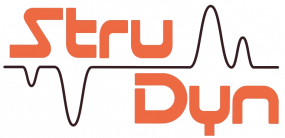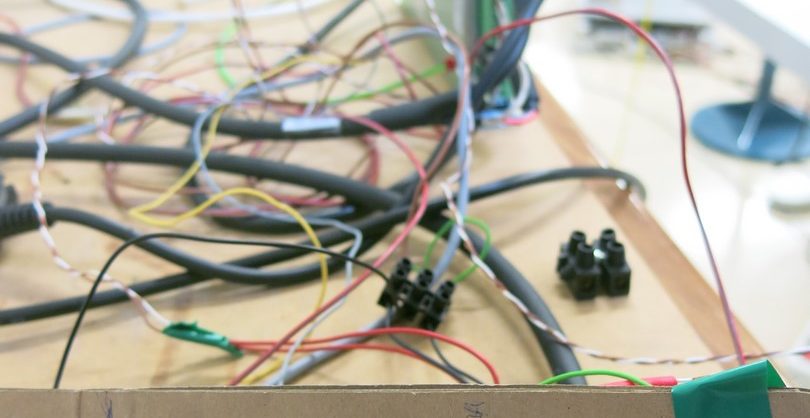 StruDyn - Structural Dynamics
StruDyn - Structural Dynamics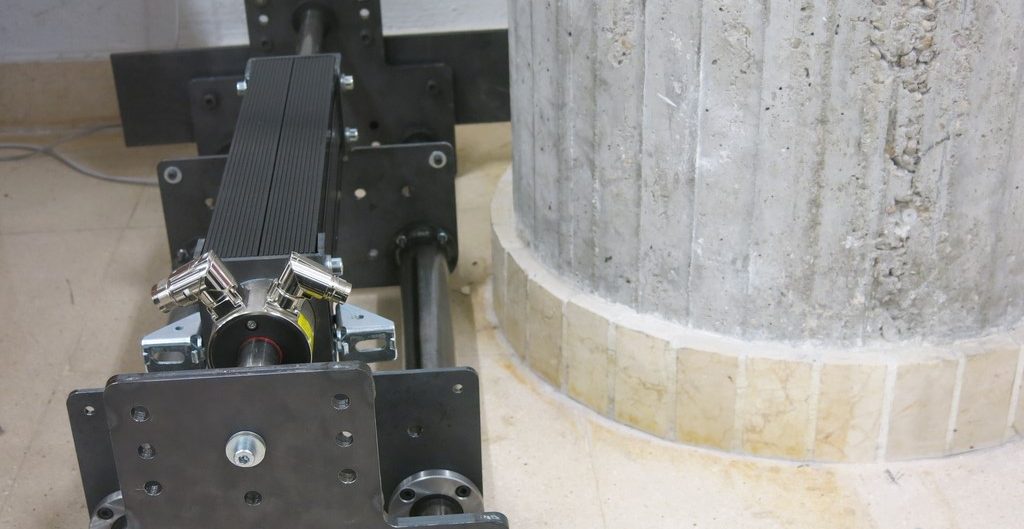 StruDyn - Structural Dynamics
StruDyn - Structural Dynamics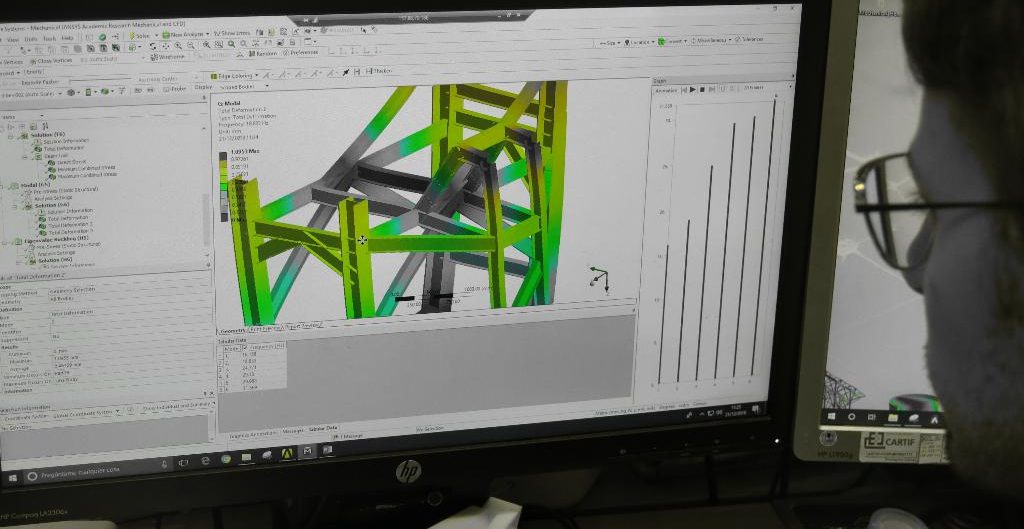 StruDyn - Structural Dynamics
StruDyn - Structural Dynamics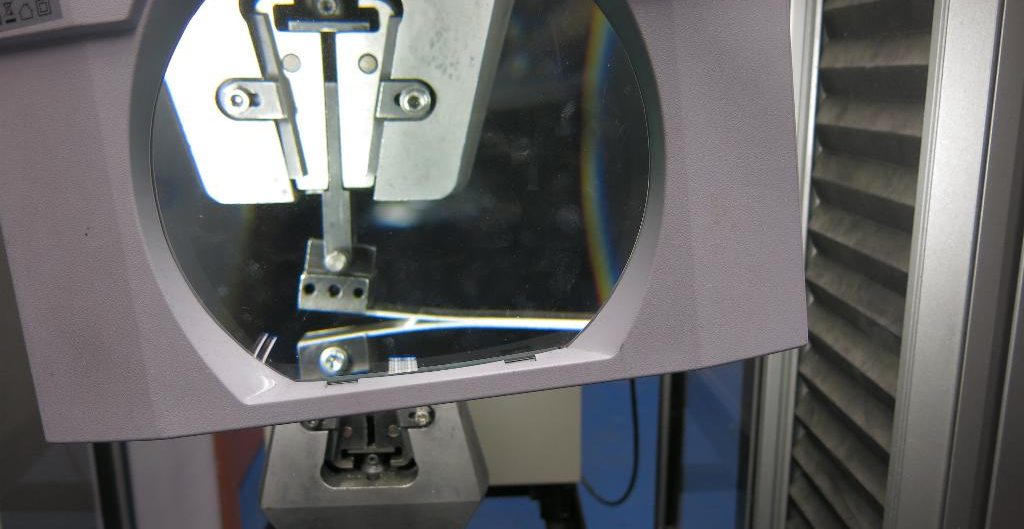 StruDyn - Structural Dynamics
StruDyn - Structural Dynamics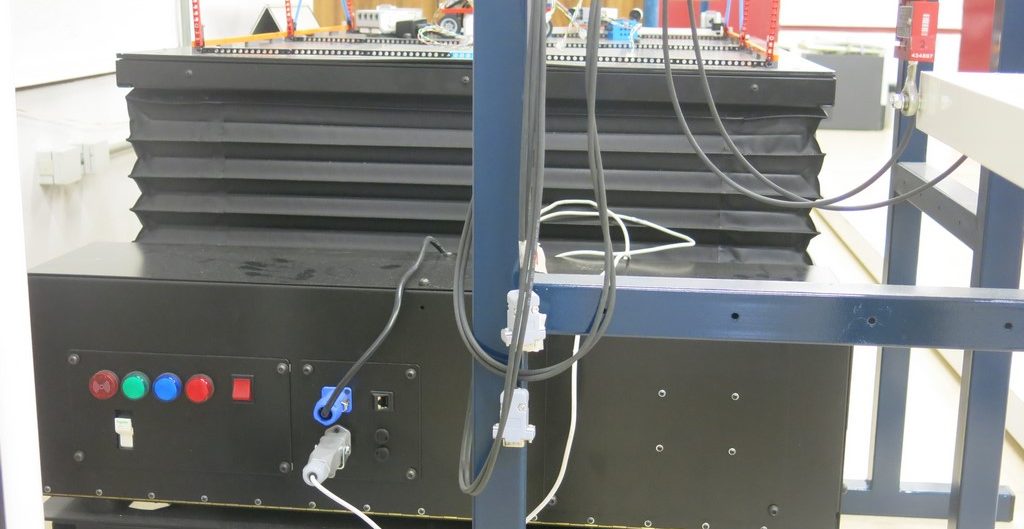 StruDyn - Structural Dynamics
StruDyn - Structural Dynamics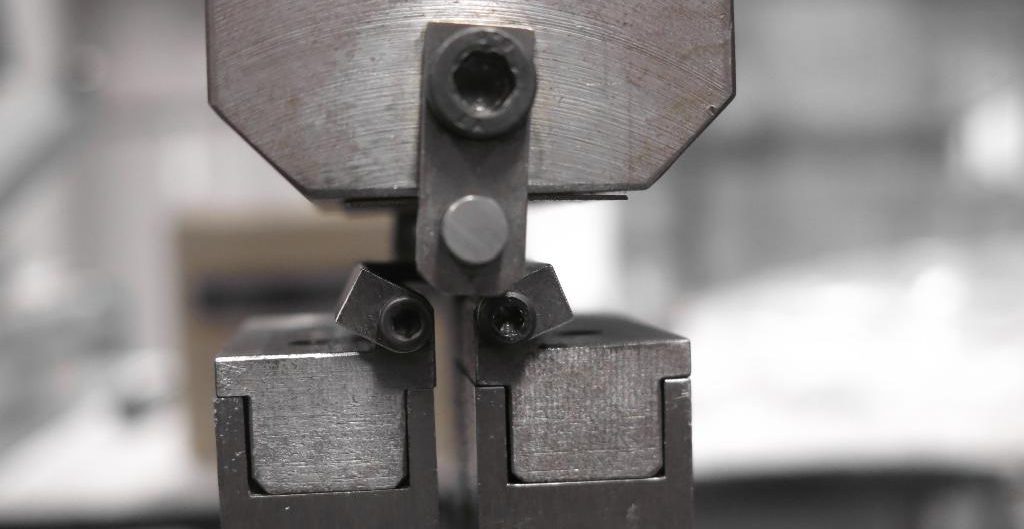 StruDyn - Structural Dynamics
StruDyn - Structural Dynamics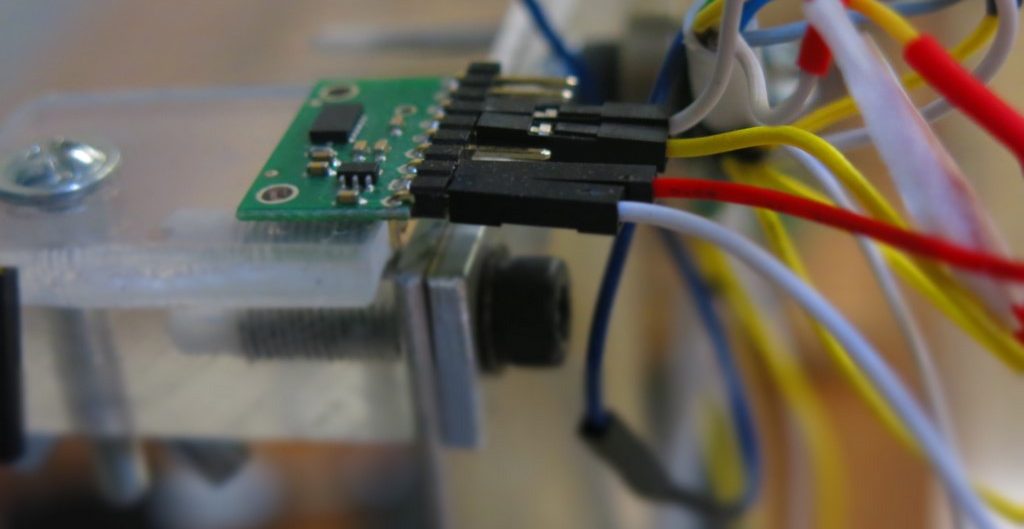 StruDyn - Structural Dynamics
StruDyn - Structural Dynamics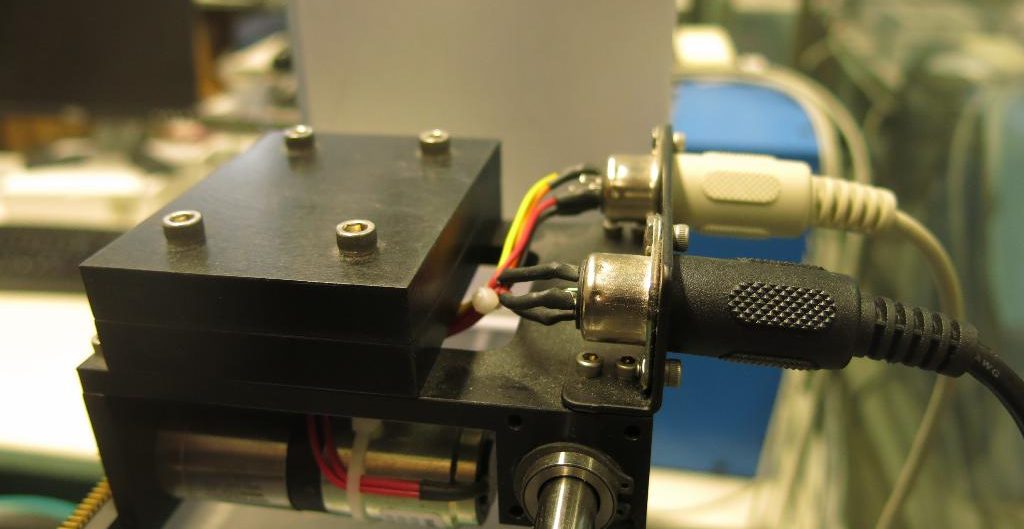 StruDyn - Structural Dynamics
StruDyn - Structural Dynamics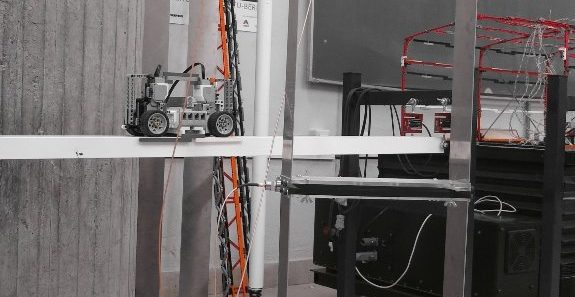 StruDyn - Structural Dynamics
StruDyn - Structural Dynamics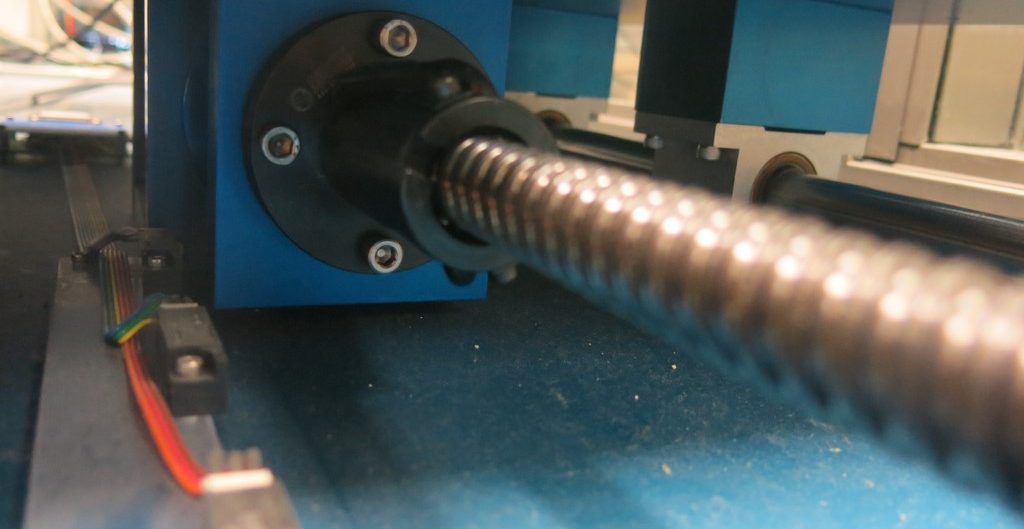 StruDyn - Structural Dynamics
StruDyn - Structural Dynamics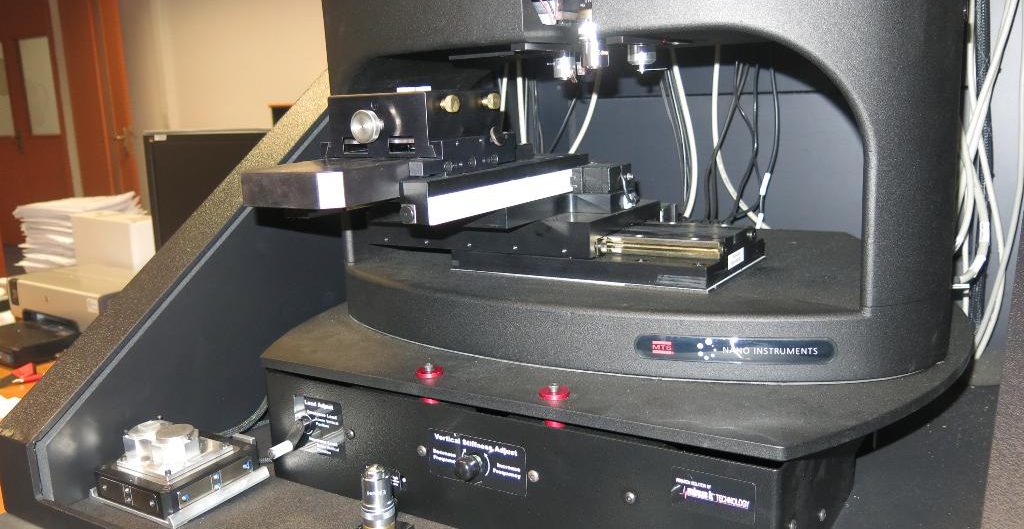 StruDyn - Structural Dynamics
StruDyn - Structural Dynamics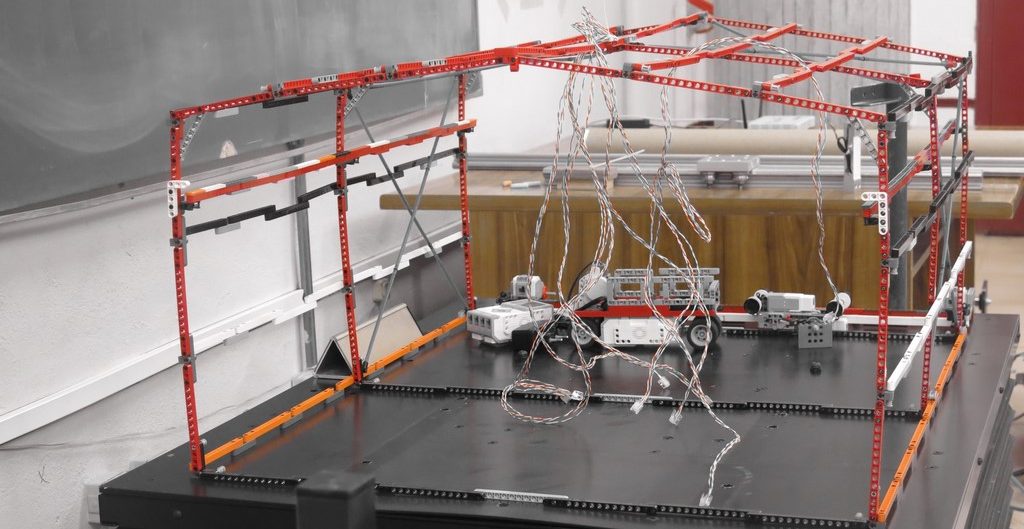 StruDyn - Structural Dynamics
StruDyn - Structural Dynamics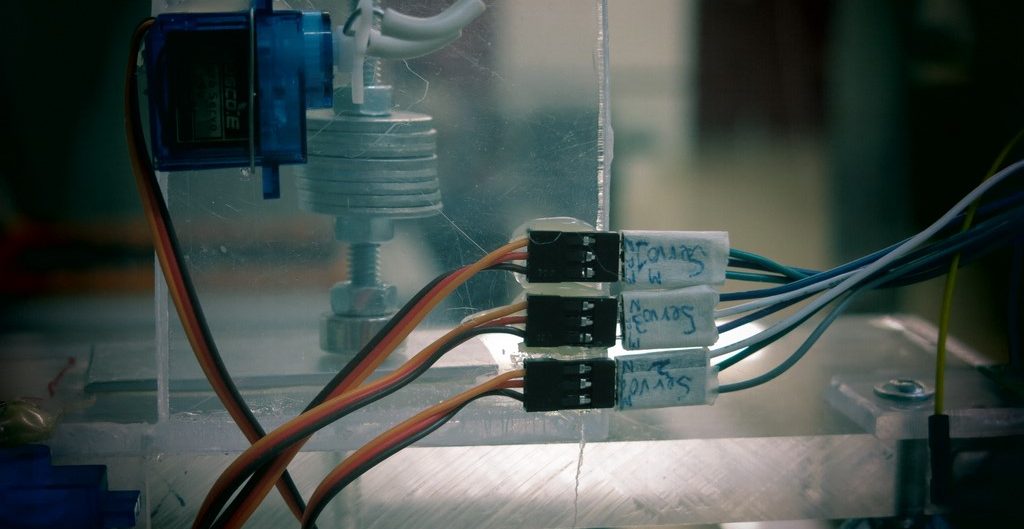 StruDyn - Structural Dynamics
StruDyn - Structural Dynamics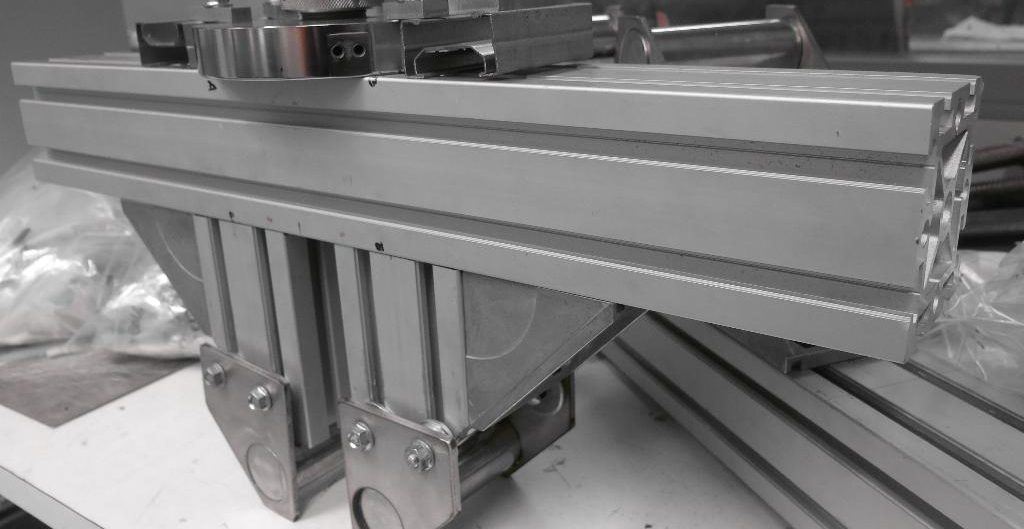 StruDyn - Structural Dynamics
StruDyn - Structural Dynamics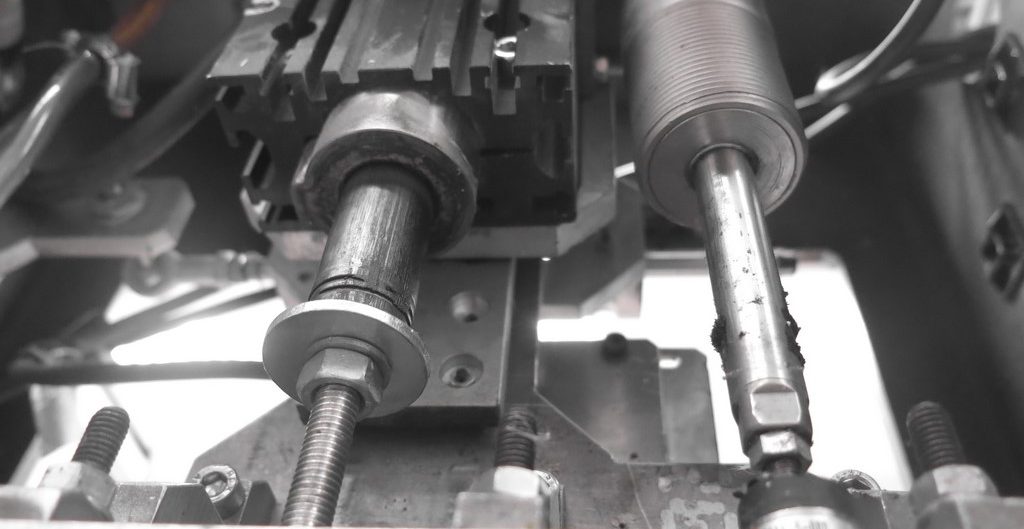 StruDyn - Structural Dynamics
StruDyn - Structural Dynamics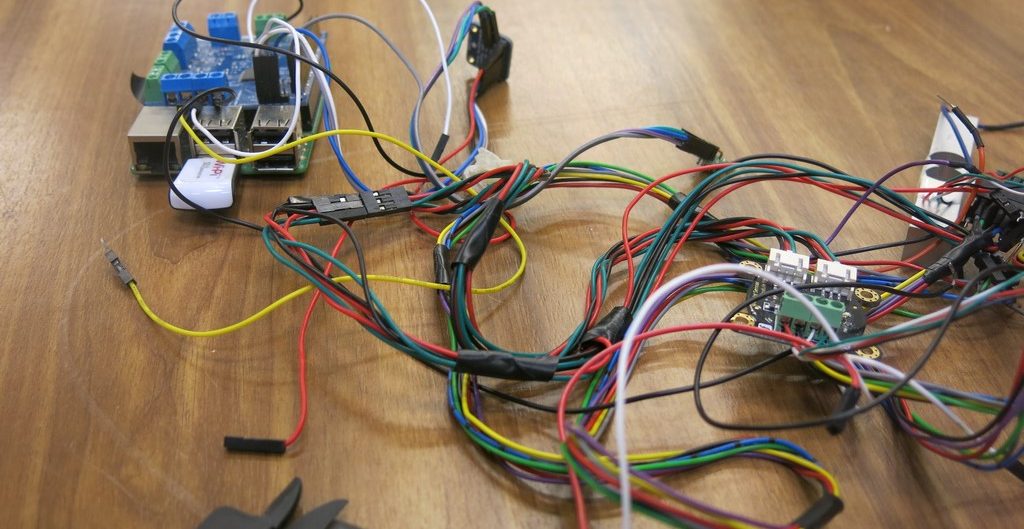 StruDyn - Structural Dynamics
StruDyn - Structural Dynamics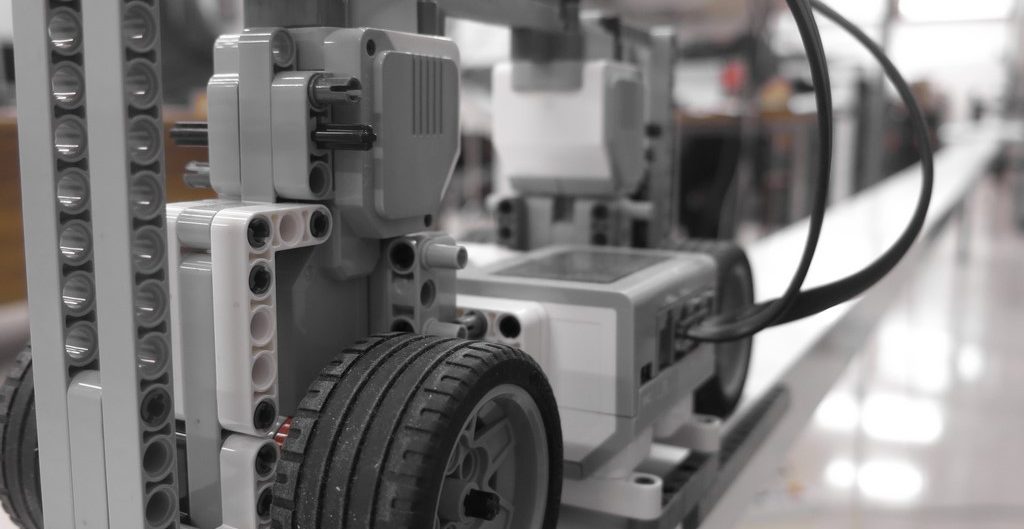 StruDyn - Structural Dynamics
StruDyn - Structural Dynamics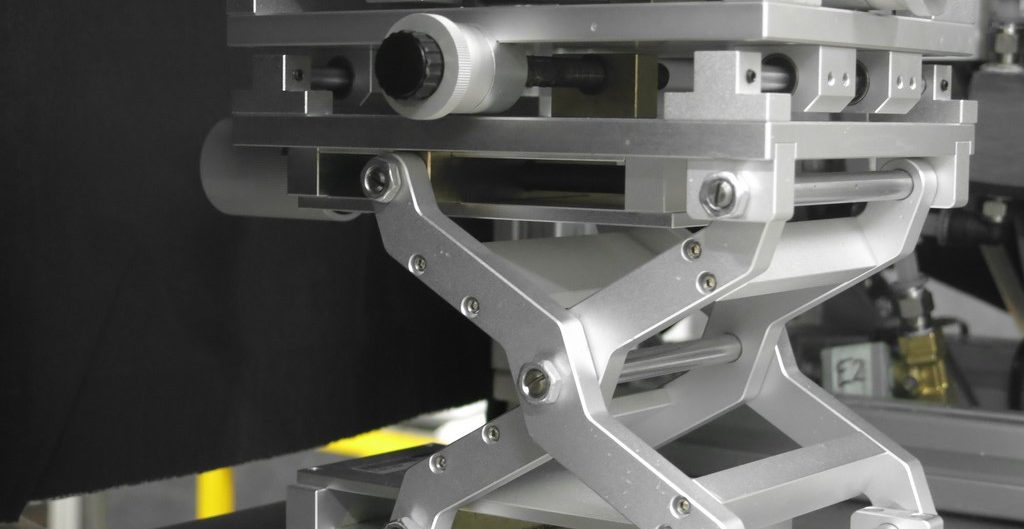 StruDyn - Structural Dynamics
StruDyn - Structural Dynamics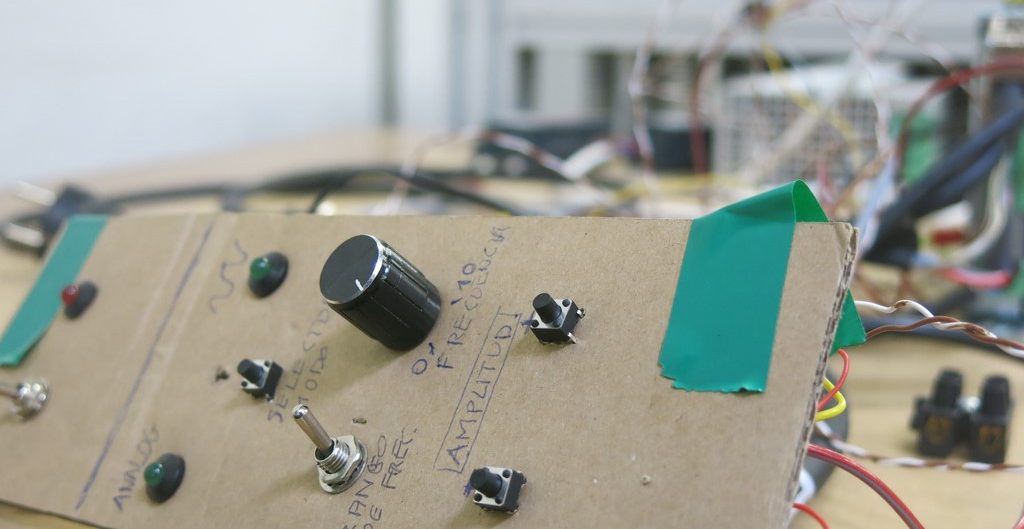 StruDyn - Structural Dynamics
StruDyn - Structural Dynamics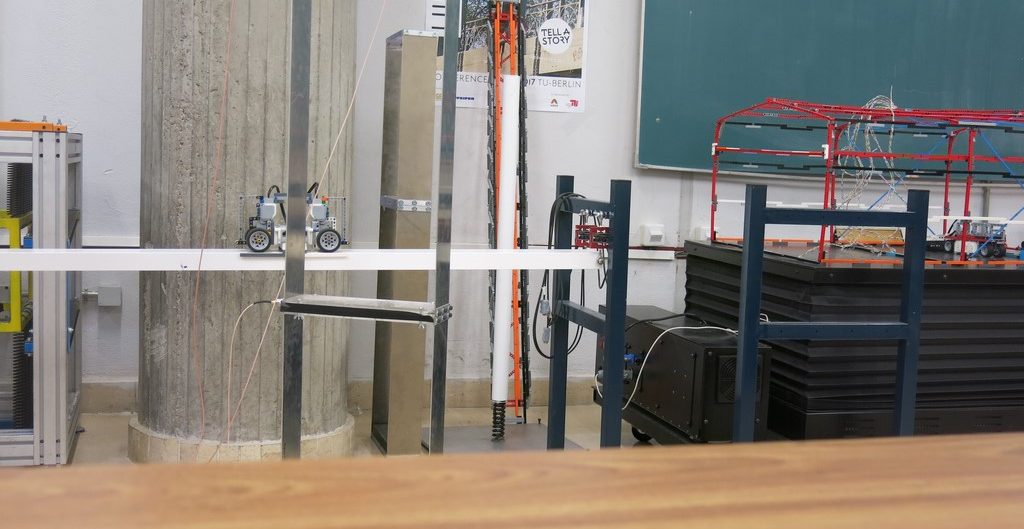 StruDyn - Structural Dynamics
StruDyn - Structural Dynamics
Image title
Image description
Image title
Image description
Image title
Image description
Image title
Image description
Group goals:
Quality research
Carrying out quality research in their lines of specialization, including the corresponding dissemination activities at all levels
Research projects
The recruitment and development of competitive research projects.
Collaboration
Collaboration with other researchers, companies and organizations for the effective transfer of technology and qualified assistance.
Specialized training
Specialized training in its lines of research, with orientation to both the university and business fields.
Thematic lines
- Modeling and simulation of deformable systems
- Experimental Modal Analysis
- Calibration of computational models
- Modeling non-deterministic actions
- Interaction and synchronization phenomena
- Design and tuning of vibration mitigation devices
- Sensorization, monitoring and evaluation techniques for structures
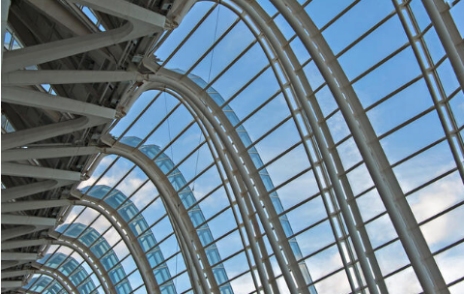
All types of constructions (buildings, bridges,...), machine frames (vehicles, wind turbines,...), robotic mechanisms and any other mechanical device must meet multiple structural requirements simultaneously.
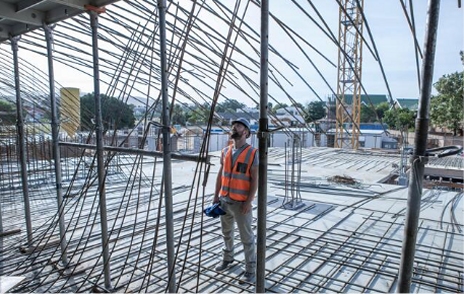
The wide range of criteria regarding ultimate and service limit states requires taking into account aspects such as stresses due to various combinations of actions, instability or buckling phenomena, vibration modes, dynamic response under transient loads or mechanical fatigue.
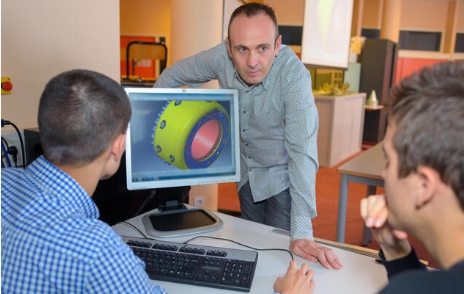
The Structural Dynamics Group has experience in modeling and simulation techniques, in static and dynamic tests, in calibration of computational models and in action modeling, including interaction, which allow sizing and estimating the performance of slender structures throughout their life. useful.
